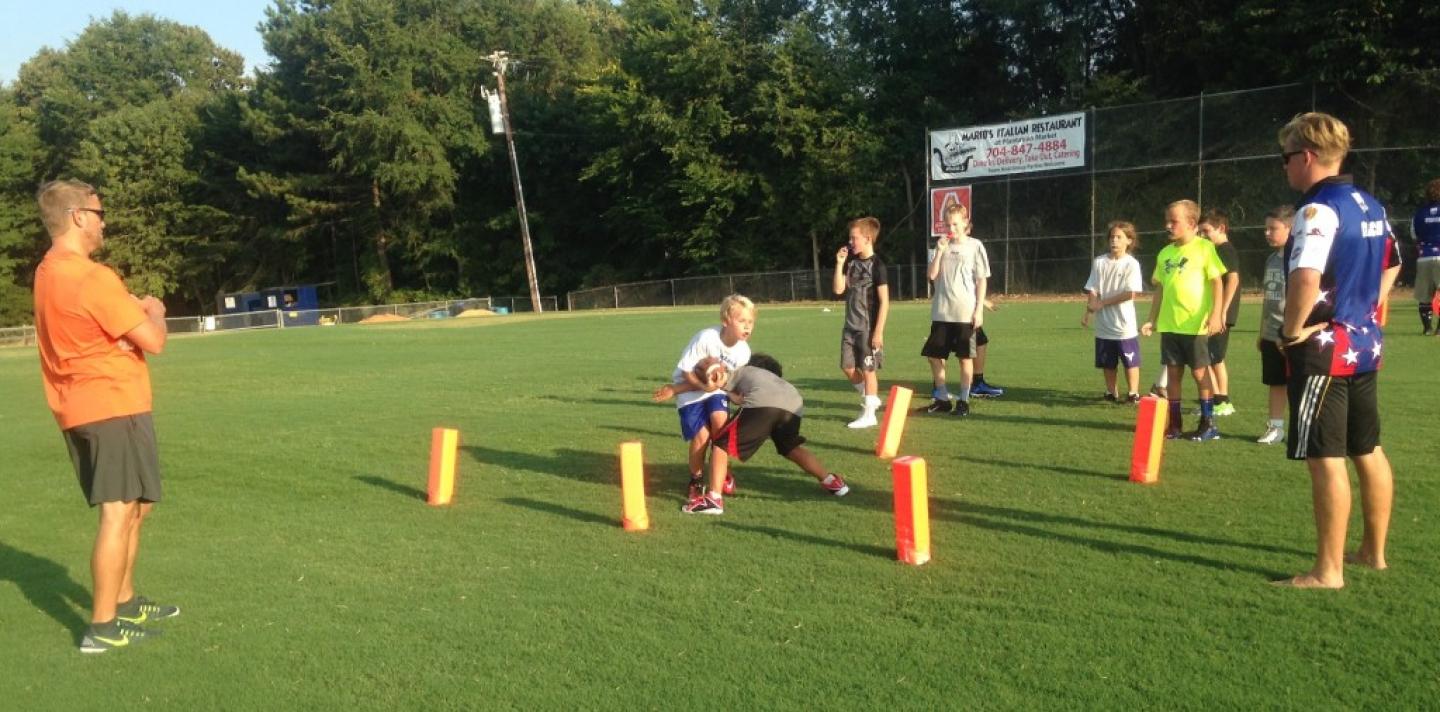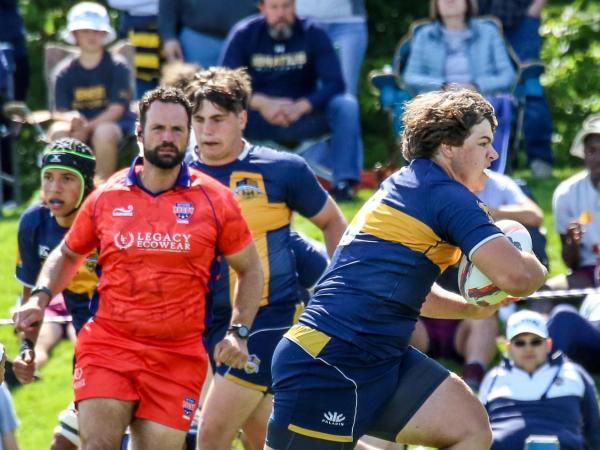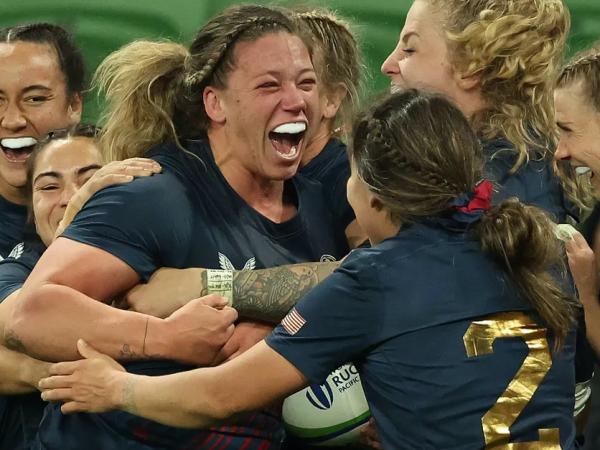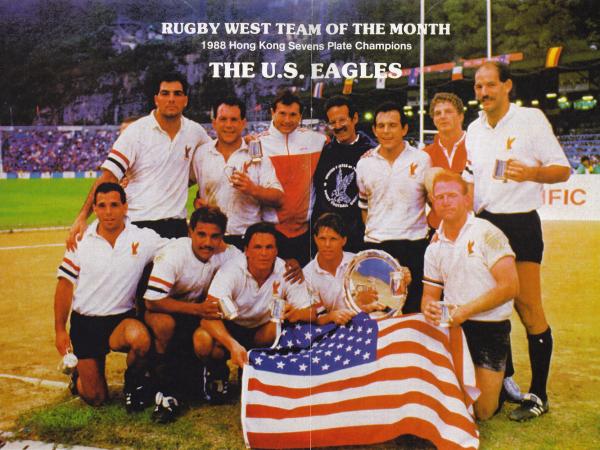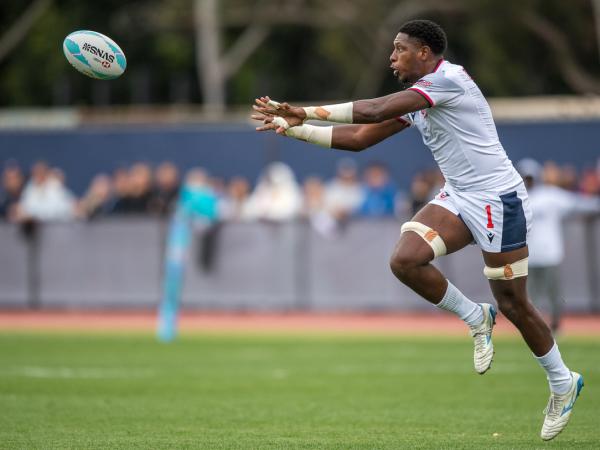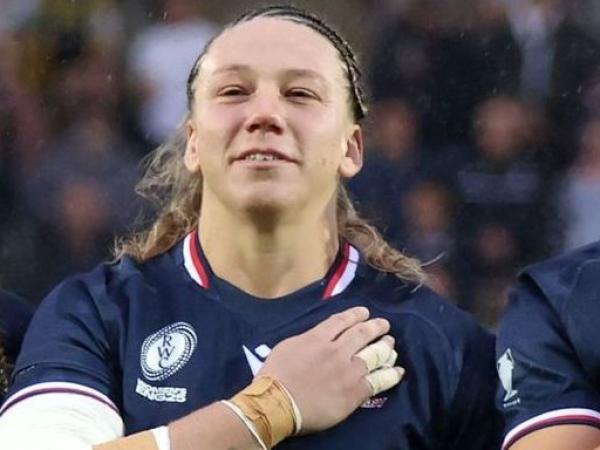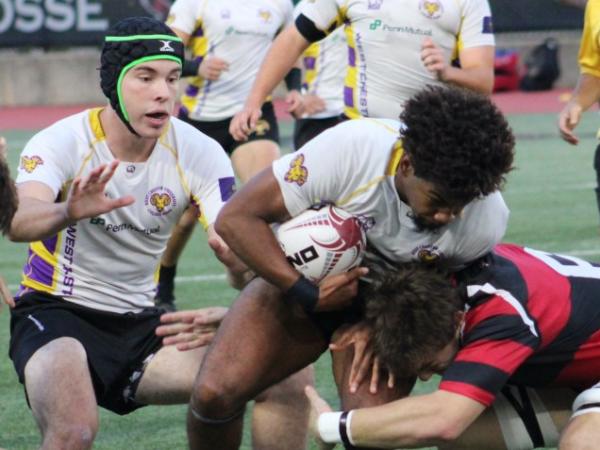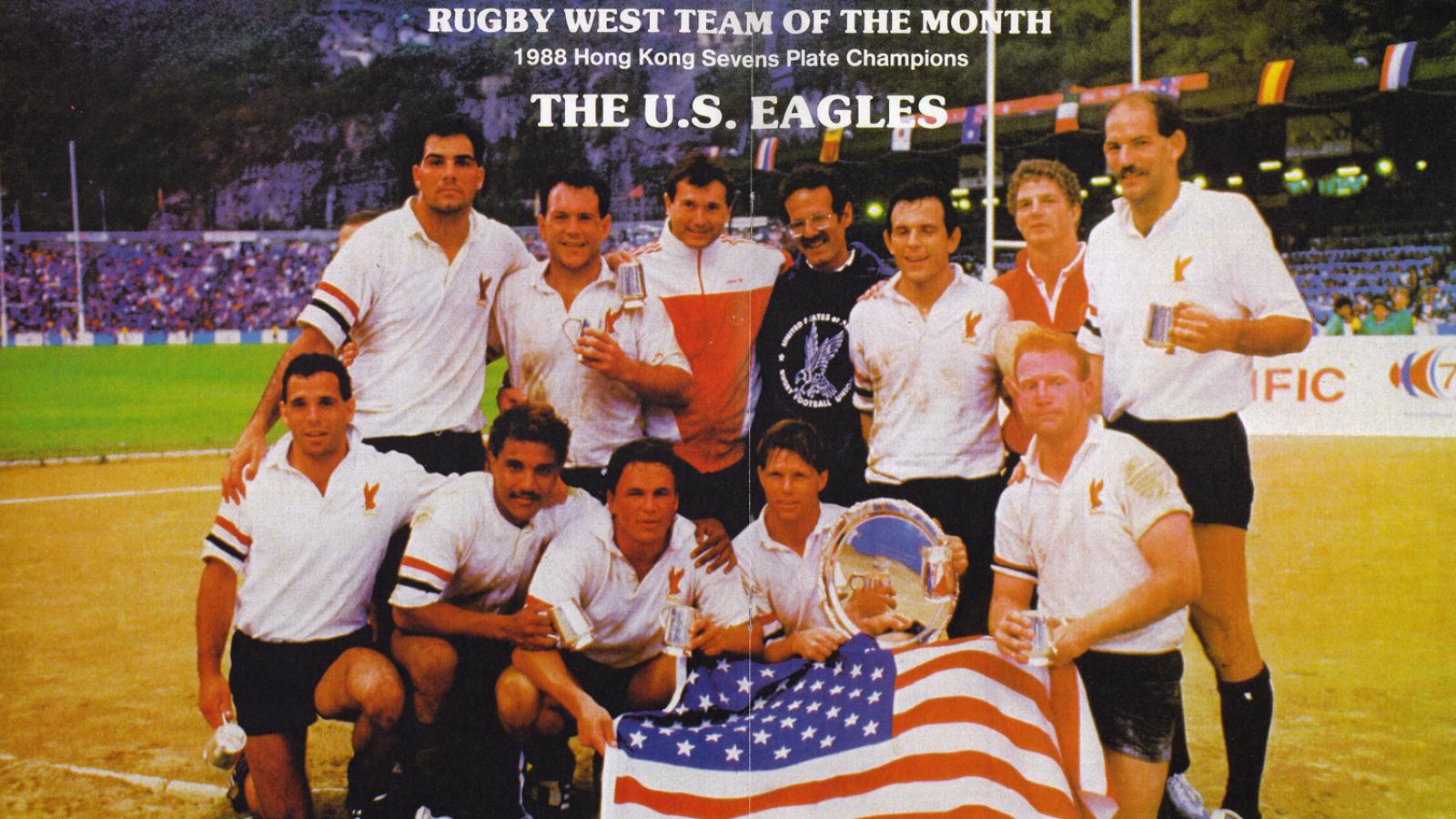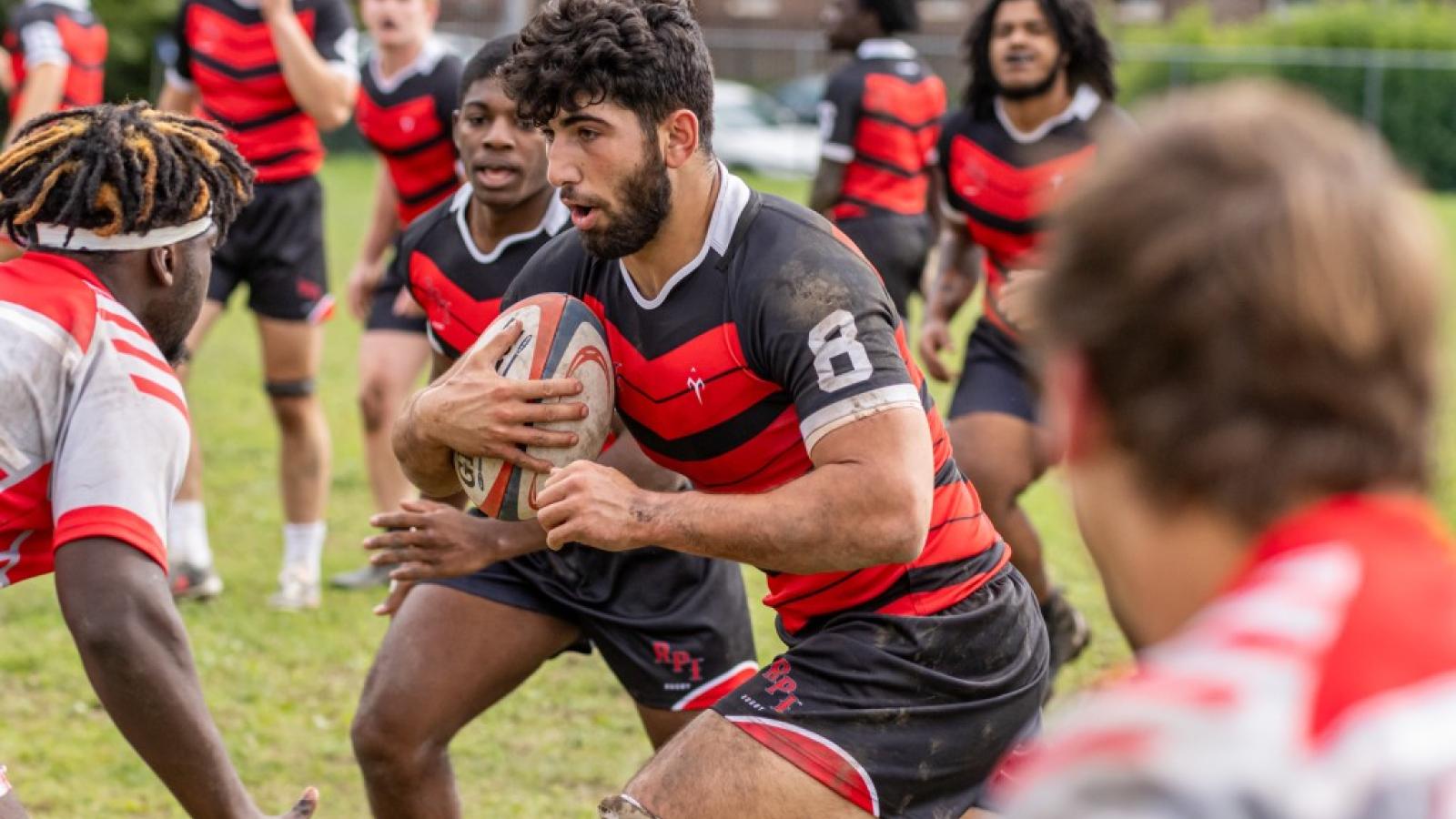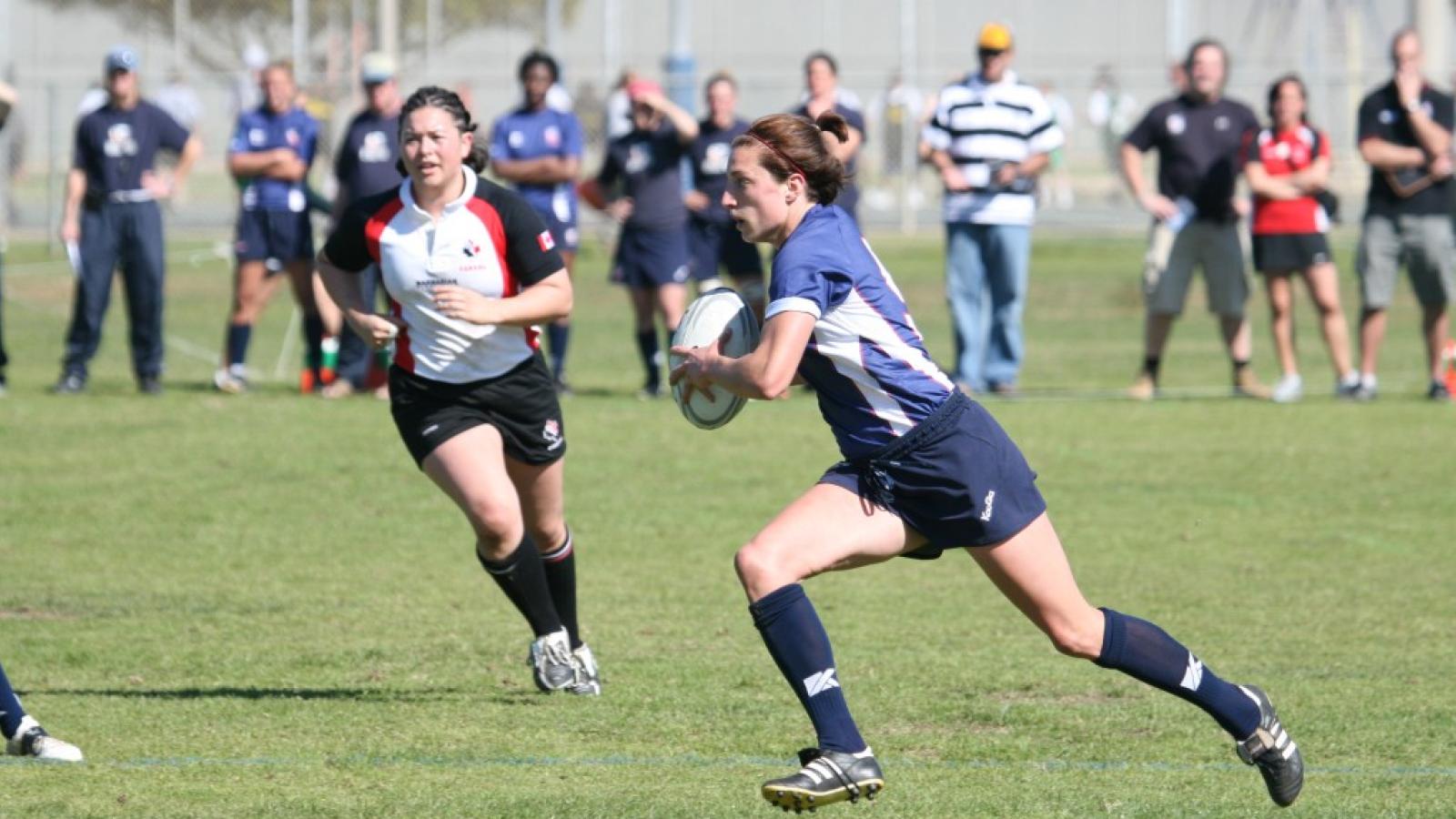It’s time to follow up on my column about youth rugby and USA Rugby’s efforts to solicit opinions about its direction.
On September 23 Goff Rugby Report posted a story that informed the rugby populace that USA Rugby was soliciting opinions about young player development and all-star eligibility issues. The article was a pretty much down-the-middle, dry announcement of the development, although we linked to a couple of articles that were less-so.
On October 6, I posted an opinion column on the subject, drawing as one of my main sources USA Rugby Youth & HS Director Kurt Weaver’s own documentation on the subject. I forwarded my own opinions about what I would be saying to USA Rugby, but the main thrust of the article was that those in the game should make their voices heard - whether they agreed with me or not.
In that article, I said two things I’d like to note here:
First, I said this: “Now, Weaver is a guy who deserves our respect. He’s smart, he cares about the game and about those who play it. He’s a good referee and has been at the coalface - having worked as the head administrator for Rugby Ohio before getting a job with USA Rugby.
However, he’s flat wrong with several of his ideas …”
Secondly, I told people to do a little research, look at what USA Rugby was thinking, and put in their opinions. And I asked people, whether they agreed with me or not, to send me what they sent USA Rugby.
After that article, Kurt Weaver chose to attack me personally, rather than discuss the issues at hand. He posted in a discussion chain on the Rugby Coaches Facebook page that things were all still under discussion, but didn’t address specific concerns. He instead told people to read the documentation - implying strongly that they had not.
Of course, this was a bit disingenuous on Weaver’s part, because USA Rugby had not publicized the call for opinions, nor any of the documentation to which Weaver was referring. USARugby.org had nothing about this topic until October 13. I said something about it earlier, and I disagreed with some of Weaver's ideas. But was I the only one who disagreed? That could well be the case. Thankfully, many of you did what I asked and sent me what you sent USA Rugby. I have left names out just for privacy’s sake, but everyone who I quote below is a youth or HS coach or administrator.
The main issues discussed by those responding touched on when you introduce full contact to young players (the plans set forth in elaborate PDFs by Weaver call for full-on rucks and full-on scrums only very late in a high-schooler’s career), when you have players play 15-on-15 on a full-sized pitch (again, Weaver’s plan is to ease into that and states 7s in still “best practice” for all high school), and how you manage young players who are good enough to play on 1st-team all-star programs.
Here’s a selection of what they said:
I've been in the SoCal system since 2006 and I've coached every level from U8 to U18. The system we have out here (or something similar) is the way we need to go.
Additionally - my other concern with how he is running USA Youth is the State-Based Rugby Organization system. Why on Earth do we have so many variations in youth rugby? You play Little League baseball or Pop Warner football, the rules are exactly the same in California to New York....
If Kurt gets his plan pushed through, what do you think the chances of a group successfully breaking off USA Rugby and and starting a World Rugby sanctioned youth rugby organization? A league that focuses on U8 - U14 that has rules that we want.
___
Every year we have kids who are at JV level who could play up, but aren't allowed to. Yet for their club teams, they play vs seniors and shine. Grade is a terrible break down because it does not take into account those held back or kids who are young/old for their grade. Why punish the kids for things beyond their control?!
… all you need to do is look at the tier 1 nations. Their best players are playing well beyond their "age level". Please don't stifle the growth of our young players for no good reason.
I urge you to put your pride/ego aside and look at this from all angles. Maybe there is room for some of your ideas, but on the whole this makes no sense.
Finally, the all star (RCT's) 'need to be states only. If you want a Serevi Town type 15's tourney then great! But there is something special about these state vs state all star tourneys and pride and desire for the boys to represent their state. Not be a AAU type team. There's a place for that too, why can't they both co-exist?
___
Kurt … There are a few things I agree with, one being a restriction on contact for the younger kids. I have never been a supporter of kids playing collision sports until at the earliest middle school but never younger than that. Personally I never let my son play football …
I believe we should be focused more on micro skills catch/pass/read & react then collision, but is a good time to introduce certain aspects in training because they learn so fast. Young kids should be focusing on controlling their body and developing well rounded athletic skill not bashing into each other.
… I have spoken to our hockey coaches about contact and their sport has gone through some similar changes. One of the negatives with restricting the type of contact is that kids play with their head down when handling the puck, which leads to them skating like that when the contact type opens up …
… I think your guidelines that 9-10 graders play a restrictive game is off target. I do not agree with c. that freshmen don’t join because of juniors and seniors. They don’t join because they have other things to consider, the culture of the teams is poor, or the coach allows young kids to be fed to the wolves which is why they don’t join. I get the impression from the restrictions that there is a “distrust” in coaching. If guidelines, to restrict full participation is because there is a lack of competent coaching, then I agree that we are behind in our evolution of coaching competency. Why don’t we look at the developing better coaches through USA rugby rather than trying to restrict the coaches that are teaching the right way?
___
My main input is for the middle school level. We started our team in the first year that Minnesota Youth Rugby (MYR) started the league, and MYR has done a bunch of variations, ranging from starting the season with flag, progressing to touch, and with various other attempts to limit/control contact such as by limiting the number of players in a ruck to one from each team. Some of this is just to provide you with my insight about what we did, and some applies directly to the new proposals. I also recently reviewed and summarized the new RFU rules that went into effect this fall, and presented that to the Minnesota union and MYR. I make several references to the RFU rules below. The comments about uncontested rucks and limiting players in the ruck are the most important to me. I’m happy to talk if you have any questions.
Playing uncontested rucks did not work. This generated poor form that carried over into later matches/years where the rucks are contested. There were safety issues on the transition from a live tackle to an uncontested ruck.
Limiting the number of players in rucks did not work. We had a “one player” limit that caused safety issues when two players arrived at the same time and one or both would hesitate. Perhaps “best practice” may be to coach only one player in the ruck, but making it a rule didn’t work.
Size restrictions – we had issues with size disparity. Some guidance/weight limits seems viable. However, I believe that players should be allowed to play up (or down) based on size and that it should be a coach’s decision (like in the RFU), so long as both teams agree.
We need to cater to the bigger/slower kids as well – involving tackling and rucking and using enough numbers so that the game isn’t too open goes a long way toward that. The size of the field and number of players can scale together.
__
As a youth rugby player I believe that rugby should stay the same as it is currently. If we think about it kids are playing rugby at very young ages in different countries and it is contact, and those are teams that are dominating in RWC. Id like to think that in the future we would like to win a World Cup so if we took rugby and altered it so the only contact we get as youths is in 11th and 12th grade we are going to be soft and get ran over by every other nation that continues to play at young ages.
___
What I take from this is that Kurt Weaver and USA Rugby don't trust coaches to properly prepare young players to compete safely and they don't trust coaches to be able to decide when and if players are capable of playing in a game with full u19 laws.
Now if the goal of the simpler laws is to make it easier to bring in new coaches I'd at least understand the point of the changes. But if more coaches is the goal then instead of fundamentally changing the sport why not try taking down roadblocks like requiring volunteer coaches to pay for a level 200 class or charging them a yearly CIPP to volunteer their time? Why not try thinking outside the box and offering financial incentives to players fresh out of college who take over or start new teams? Or create some kind of incentive for high school teams who start a youth feeder program?
… A quick Google search will show that top rugby nations (England, Australia, South Africa for example) all have different plans and progressions for youth. Which one is right? No one knows, but the point is they come up with their own plans and implement them locally rather than forcing everyone to follow the exact same thing. Let local people decide what's best for them.
___
Kurt has his head in a Dark place……
I basically [told Weaver]: it will set USA rugby back 10 years because the programs are not in place for the younger kids and his proposals are ridiculous. Thus they will choose another sport to play. It’s that simple. Thanks for putting this out there…we need more people to step up.
___
And this comment was not sent to me, but was on the Facebook chat, and since it supported Weaver, I felt I should include it here:
Kurt Weaver is [spot-on] in reducing contact at the younger levels. There is no reason to have 4-6 graders play collision sports, period. There is too much physical and neurological development occurring to be smashing into other kids, because that's what they do, even though we coach them not to. Hockey has changed contact rules, football is changing (their numbers are decreasing, while ours are increasing) LAX changed contact rules. Even WORLD Rugby has mandated player welfare policies. The issue isn't with the coaches that seek out best practice, consult with other coaches, or expand their tool box. The issue is with the majority of coaches that struggle to teach basic catch/pass let alone contact and scrums. For those that say one collision sport is safer then an other is foolish. No contact game is safe, but it's far better then kids sitting on the couch playing video games all day. Let us remember this is not a mandate on our game but a document that provides insight and starts a dialogue. No where in there does it say you can't teach scrums or contact but the contact at younger ages should be restricted.
Overall, then, the comments seem to say that being conservative when introducing contact for young rugby players is good, but there is such a thing as being too conservative.
Why USA Rugby might be exploring, heavily, such an approach is hard to fathom. My initial reaction, and still an opinion I hold, is that some people, Kurt Weaver included, simply believe that 7s and low contact is the way to go.
But, could there be another part of the story we don’t know about? Possibly. In the wake of concussion issues surrounding football, is it possible that USA Rugby’s liability insurance carrier is getting antsy about contact sports for young people? Given that the Youth & HS Committee, in August, discussed raising dues for youth players (go here to see those minutes), is it possible that insurances rates are going up and Weaver, despite his penchant for treating USA Rugby members like his employees, is actually trying to find a fix?
It could be, but that doesn’t mean this will all end the way most want it. The consensus is clear - coaches agree that variations for very young players, coupled with a dedication to coaching the right technique, is a good idea. If USA Rugby worked more closely with such coaches to teach good technique, maybe that would help.
The consensus is also clear that at the highest levels, the high school levels, a player playing on the 1st team and playing full 15s, is how players learn and grow. Playing 7s is great - it teaches you a lot - but it doesn’t teach you everything.
And finally, the consensus from many is that there is not enough data on injuries, especially concussions, in rugby and comparisons between 7s and 15s.
Note to Insurance Companies - there’s only one major team sport that tells players to hit things with their heads, and it’s not rugby; it’s soccer. Why don’t you worry about long-term brain injury in soccer?
So, to Kurt Weaver - despite your dismissive response to many who had something to say on this matter, we want to help. If youth rugby needs to change, so be it - but maybe listen to those who coach and play it, rather than come up with a plan and pretend it’s not a fait accompli.
And let’s separate development from elite play. Weaver has no business forwarding opinions on how elite-level teams are put together, because that’s not his area of expertise. And in fact while the Youth & HS Committee should have some input into the elite-level topic, it’s not their level of expertise, either. Weaver, and the Committee, should acknowledge as much. But even if you accept the premise that young players shouldn’t be fast-tracked, splitting all-star teams on age lines, rather than school grade, seems startlingly obvious, and if you added a waiver system for kids to play up, then you’d make everyone happy.
Time for an attitude change, perhaps on all fronts. Time to accept some opinions and listen. Time to be prepared (even in Goff Rugby Report’s World Headquarters) for change or disagreement, or at least be open to it.





